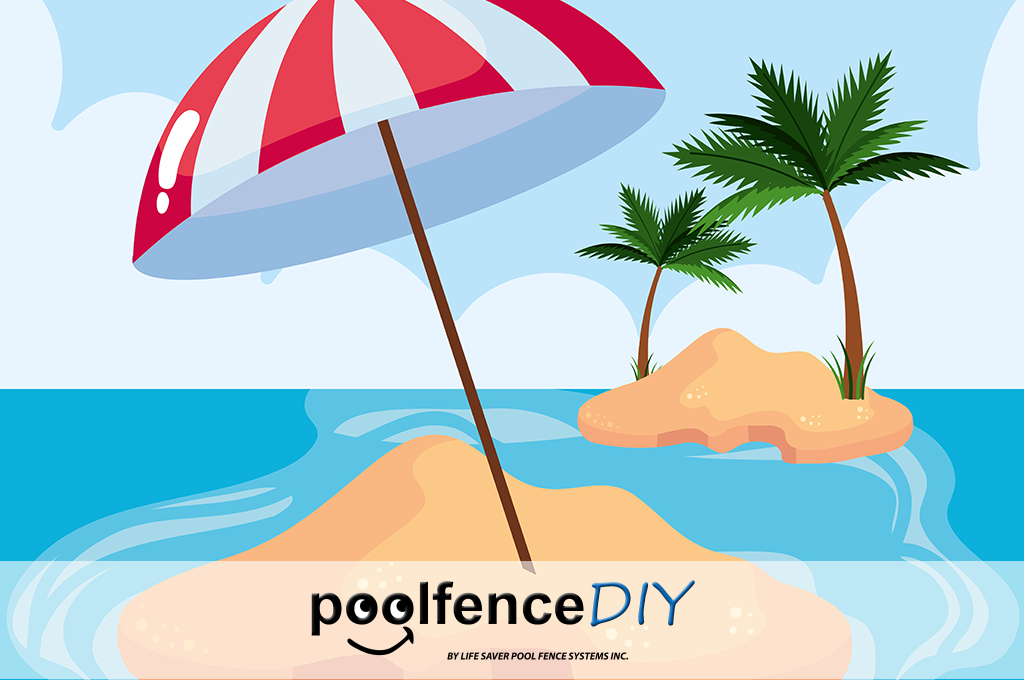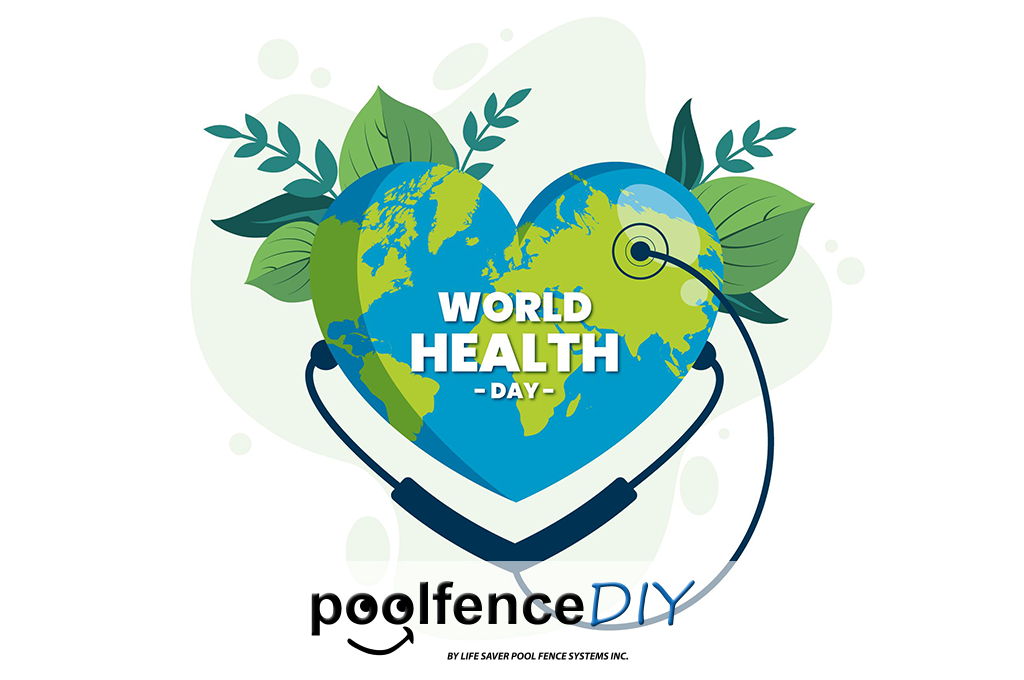The Dangers of Electric Shock Drowning

Swimming can be dangerous in more ways that most people realize. Today, let’s discuss electric shock drowning. This relatively unknown hazard can easily become a silent killer.
Understanding Electric Shock Drowning
By now, regular readers of the Pool Fence DIY blog should know a lot about drowning hazards. Electric shock drowning is a bit different. In a nutshell, electric shock drowning occurs when a swimmer is exposed to AC electrical currents. On the whole, “electric shock drowning” is a catchall phrase for any situation in which an electric shock injures or kills a swimmer. Many times, the first jolt can be fatal. However, during the times when the voltage isn’t immediately lethal… there is still a great danger. The person being shocked by the current will be incapacitated. As you can probably guess, being in the water is a pretty bad time to lose control of your muscles and body. People who find themselves in this dangerous situation can drown.Recognizing the Danger
Obviously, it is important for all of us to recognize the signs of a drowning person. Knowing how to read the specific signs of electric shock drowning is equally important. Since it often incapacitates the victim, you should not expect to see a lot of thrashing or screaming. Almost always, the victim will lose control of his or her body, and then quietly sink beneath the water. If no one is present for the incident, it may be difficult to know that electricity was even involved in the incident since electric shock drowning resembles any other form of drowning. For this reason, it’s important to swim only in areas with a lifeguard or with a buddy.Be Aware of Risky Situations
Above all, one of the most important rules for swimming safety is to be aware of your surroundings. In the case of electric shock drowning, keep an eye out for any potential electrical currents near the water. For example, this danger can often occur near a marina or dock. Faulty wiring can electrify the nearby water. Before taking a dip or heading out on a boat, be sure to check the environment. Make sure there aren’t any nearby electronics in danger of dipping into the water. Of course, it can also happen anywhere electrical devices may be near the water. For instance, pools, hot tubs… even bathtubs can be a potential hazard.Helping a Victim
Above all, fear and respect the electricity. An untrained and unprepared person hopping into the water to save a drowning victim can greatly exacerbate a dangerous situation. This is especially true when it comes to electrified water. The potential hero can instantly be shocked and end up being a second victim. So, if you see someone being shocked, do not jump in.Instead, try this:
- As indirectly as possible, move the victim away from the source of electricity.
- Use your environment to help. Try throwing them a flotation device or using a non-conductive pole, like a wooden oar, to move them.
- Try to shut down the source of the electricity.
- Call for help immediately, but above all, stay out of the water!




